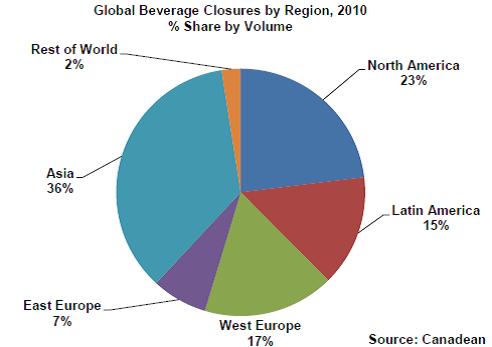The work accomplished by ProLeiT on behalf of Colombia’s Bavaria brewery can be best compared with open heart surgery on a top athlete performing under stress on an ergometer during the intervention. ProLeiT has successfully managed to gradually upgrade this large brewery with an annual production of around 11 million hectoliters, which is currently undergoing a capacity expansion, to the brewmaxx V8 process control system. This modern control system not only reduces the number of isolated solutions and optimizes process sequences, but also enables consistent tracking and tracing on the basis of its integrated MES functionality.
In this two-part article the authors, two teachers at The Scandinavian School of Brewing in Copenhagen and their Diploma Master Brewer Class 2010/2011 present their idea of how the next generation of breweries larger than 200 000 hl/month could look like. In the first part of the series (published in BRAUWELT International No. 2 2011, p. 88 ff.) they introduced the subject, reviewed the developments in brewing over the last 70 years and began to describe the core issues for the future brewing industry, focusing on raw materials, brewhouse, yeast and fermentation. The second part covers the issues stabilisation, filtration, energy and environmental aspects, waste water, storage and packaging.
Many factors have influenced and impacted the beer sector in recent years and decades. Globalisation, economic developments, generation change, changed legislation, a growing (and exaggerated) health consciousness and an increasing trend towards individuality are just some of the reasons why times are long passed when breweries brewed beer exclusively. New target group trends are also presenting equipment suppliers with new challenges, as this series of articles will show, taking as an example the Russian national drink, kvass. Part 1 covers the market situation.
In spite of the economic slowdown in many markets over the last 2 years, beverage closure demand has continued to grow strongly, driven partly by the sustained shift towards pre-packaged beverage consumption in many developing markets. Looking at the global beverage closures market in detail, total demand across the soft drinks, dairy drinks and beer markets under review amounted to around 1055 billion closures in 2010. On a regional basis, Asia already accounts for the largest share of total annual closure volumes at 36 percent, equivalent to around 375 billion units. Collectively, the Americas combine for just under 400 billion, Europe for around 250 billion, the rest of the world around one tenth of that.
The board of directors of the Brewers Association (BA), the trade association representing the majority of U.S. brewing companies, has voted to change the BA’s designation of "small" in its definition of a "craft brewer." The association’s board of directors also has revised its bylaws to reflect the change. In the BA’s craft brewer definition, the term "small" now refers to any independent brewery that produces up to six million barrels of traditional beer. The previous definition capped production at two million barrels.
On September 30, 2010 the new Hans Carl bookshop was launched online at www.carllibri.com. It is now possible to access our bookshop much more easily. We asked our colleagues Wolf-Dieter Schoyerer (sales and marketing director) and Ludwig Krug (specialist bookshop and distribution) a few questions about this most recent addition to our scope of services.
In an interview with BRAUWELT International, Alberto da Ponte talks about the impact of further tax increases across Europe, trends in beer consumption and the consequences for small and medium sized brewers from the on-going channel shift towards the off-premise. The beer business will be a “rather fierce commercial environment”, believes Mr da Ponte.
Microbiology quality control is considered essential in a brewery. The primary focus is on “tracking down” any microorganisms which might be present. After detection and identification, the potential microbiological risk can be assessed for the equipment harboring the contamination. This type of detection is especially important in the filling area. If the packaged product is not pasteurized after filling, then any secondary contamination that might occur can no longer be eliminated. This results in contaminated products reaching the consumer, the ramifications of which are clear to all. The exact identification of the kind of microorganism is the first step in determining the source of the contamination so that it may be localized and eradicated.
Symrise expects to achieve an organic growth rate of more than 8 percent at local currency for the full year 2010 even though growth has slowed down slightly in the third quarter, as expected. Assuming that raw material prices will rise moderately and will only have a minor impact on manufacturing costs, the company continues to aim at an EBITDA margin of more than 20 percent. The management also confirms the objective of further reducing the ratio of net debt (incl. pension provisions) to EBITDA to a level of around 2.5.
This was announced in a press statement issued by SAM and Dow Jones Indexes in November. After the initial publication of the 2010 sustainability scores in September 2010, SAM identified an issue in the software used to evaluate the results of the Corporate Sustainability Assessments and announced a reassessment of the 2010 scores. This review has now been completed.


